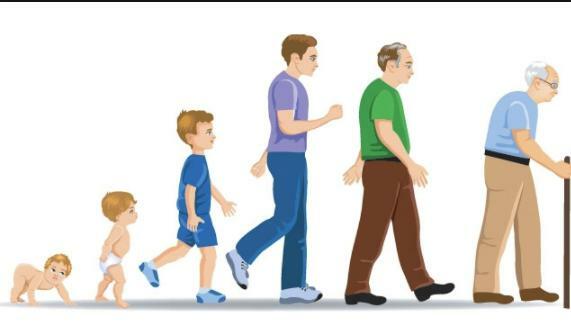
Prochaska & DiClemente (1982), based on their experience in psychotherapy, observed that people went through similar states of change regardless of the type of psychotherapy applied. This model attempts to describe the changes that a person goes through in the process of changing from a problem behavior to one that is not, considering to motivation as an important factor in behavioral change and attributing to the subject the active role and conceiving it as a self-changer of the behaviour.
The model is accompanied by other elements, in addition to motivation, which in the opinion of its authors influence change behavior, these elements are: the stages of change, the process of change, the decisional balance and the self-efficacy. The stages of change are proposed by Prochaska & DiClemente (1982), who observed that people who achieve intentional changes in their behaviors The usual ones achieve this through a dynamic process made up of five stages, each with its own exclusive characteristics, these stages are: Pre-contemplation,
Contemplation, Determination, Action and Maintenance.
In addition, a stage must be added in the case of not complying with the maintenance of the desired behavior, This stage is the relapse stage, which implies a new beginning of the cycle in the model (Miller and Rollnick, 1999; Pardío and Plazas, 1998). It is proposed that the subjects go through 5 stages to modify behaviors:
- Pre-contemplation. He is unaware that certain behaviors put his health at risk. You are unaware of a health problem. He knows of a health problem but is reluctant to make changes in his behavior.
- Contemplation. The subject notices that certain behaviors put his health at risk or notices the existence of a health problem and is willing to make changes within 6 months.
- Determination. The subject seriously intends to modify his behavior in the near future (within 30 days).
- Action. The subject is actively working on modifying the behaviors that affect his health, or on the identified health problem.
- Maintenance. The subject habitually adopts the acquired behaviors. Maintenance is considered to have been reached when the new conduct remains for more than six months. The subject must practice it continuously so as not to go back to previous stages.
- Relapse At this stage the individual starts the cycle again, that is, the individual stops emitting the desired behavior, which is attributed by poor motivation and the use of a change strategy inadequate. With the description of the five stages, the authors of the model assume that not all the people whom they a health education program is directed have the same disposition to generate changes in conduct.
In such a way that the ineffectiveness of educational programs is attributed to campaigns that focus their efforts on teaching practices and styles of healthy living, when most of the population has not even identified the existence of a health problem (Miller and Rollnick, 1999).
The second dimension of the model corresponds to change processes, which refer to the way in which the behavior change occurs from one stage to another, for this purpose the model considers 12 ways to carry out this transition. It is worth mentioning that in each effective transition different processes are used depending on the stage in which the subject is located.
The third component, the decisional balance, refers to the assessment of the advantages (pros) versus the disadvantages (cons) of carrying out a preventive behavior. It is important to note that said balance depends on the stage in which the person is located, that is, it must exist an evaluation by stage, which will aim to analyze the advantages and disadvantages of moving to a stage later. We finally have self-efficacy, which is a concept introduced by Bandura (1977) and refers to the perception that people have about their ability to respond to a specific event. It is considered that as individuals advance in their stages of change, their self-efficacy will be greater (Espada and Quiles, 2002; Velicer et al., 1998).
This article is merely informative, in Psychology-Online we do not have the power to make a diagnosis or recommend a treatment. We invite you to go to a psychologist to treat your particular case.


